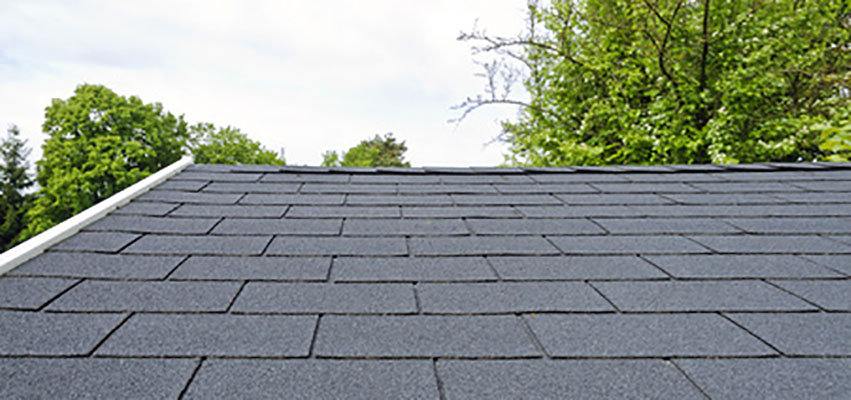When buying a garden office you are going to want to spend your time inside it working, you don’t want to be outside undertaking maintenance on the building. Luckily garden office designers have your back here, and have given a lot of thought to their material choices to enable their buildings to have a long maintenance free lifespan.
However, some garden offices designs will need more ongoing maintenance than others, and it is wise to spend sometime before you buy considering how much time you want to invest into maintenance.
Garden offices are generally very well built
Let’s start by saying that all garden offices are generally well built and will need minimal ongoing maintenance. Typically you will find that painted designs need repainting every five + years. Claddings like cedar or Larch can be left to weather and should last 20 + years. Roof coverings have been chosen to need no maintenance for 20 + years and the doors and windows tend to be uPVC or Aluminium which need nothing more that a wash now and then.
In our research of the market we have found that in general entry level garden offices tend to need more ongoing maintenance than their more expensive counterparts. This is because the most durable finishes tend to be more expensive for the supplier to buy, so make these buildings more expensive.
Key elements to think about in regards to garden office maintenance
Roof
Roof coverings across the board on garden offices tend to need little maintenance which is obviously a good thing. Insulated roofing sheets have become popular with some garden office designers. These sheets have been used in industrial settings for years. They are made up from three layers – a durable external finish which is often grey or dark green. A layer of rigid insulation and then a internal layer which forms the ceiling within the room. These sheets lock into each other and should need no maintenance during their long lifespan.
Asphalt shingles are often used on pitched roof garden offices. They have the look of a tiled roof. These shingles come on strips which overlap each other in a staggered pattern, so at any point on the roof there is more than one layer of shingle. Coloured chipping’s are bonded into the Asphalt, these chipping’s come in several colours although the grey slate effect shingles are the most commonly used. Asphalt shingles have a long lifespan, but it is important that they are bonded as they are fitted otherwise the wind can get in under the tile.

EPDM has become the roof covering of choice for many garden office designers. EPDM is a rubber membrane which has been used in industrial settings for decades. It has become popular with garden office designers because it can be laid in one piece, removing the risk of leaks. With shallow pitch roofs being popular when designing under Permitted Development rules EPDM offers peace of mind that the roof will be trouble free. Suppliers send their installation team on courses to learn how to install EPDM correctly.
EPDM is a black / dark grey finish. Some suppliers offer the option of adding a layer of chipping’s over the membrane which can offer an additional layer of protection and look better when viewing the office from above.
If you are buying a pitched roof garden office you will have the option of a cedar shingle roof. These can look fantastic as each tile is different creating a one off finish on every building. Cedar shingles start off a reddish brown colour but will weather to a silver grey as they age. Cedar shingles have a long lifespan of 20 + years and really are an attractive finish.
Cladding
The cladding is the key element that differs between cheaper and expensive garden office designs. Entry level designs tend to be clad in treated softwood cladding, this is often painted. Garden office suppliers have chosen paint finishes that will last for many years before needing repainting. Depending on where you live and the exposure of the building, a painted garden office should only need repainting every 5 or so years. This is a relatively easy task to undertake yourself, although some suppliers offer a repainting service, which could be a good option.
Thermowood is another popular finish used on entry level garden offices. Thermowood is spruce that has been treated at very high temperatures which creates a change in the chemical and structural qualities of the timber. Thermowood is very stable and durable and is often left in its natural state on a garden office so you can see the knots and grain of the wood. Left unpainted the cladding will weather to a silver grey with time.
Cedar cladding has become the cladding of choice on more expensive garden office designs. Cedar is a great choice for cladding as it very stable and has a natural resistance to fungal attack and rot. It starts out a reddish brown and will weather down to a silvery grey if left untreated. Left untreated cedar has a maintenance free life span of 20+ years. If you want to preserve the original reddish brown colour you can ask your supplier to apply a a UV sealant. This needs to be done before the boards are fixed and exposed to the sun. This sealant will need to be reapplied every few years.
Metal cladding is growing in popularity with garden office designers. Some of them have chosen a colour coated steel sheet while others have chosen a powdered coated aluminium which can be colour matched with the doors and windows of the office. Metal cladding needs little more maintenance than a soapy wash down here and there.
Doors & Windows
House quality uPVC and aluminium doors and windows have largely superseded the use of timber doors and windows in garden office construction. uPVC and aluminium doors and windows need little ongoing maintenance other than a soapy clean now and then.
Timber doors, although lovely are susceptible to swelling so may need planing, this takes skill to do as you don’t want to take too much off the door! You will also need to reapply paint every 5 or so years to protect the wood.
Decking
Decking is a great way of extending the living space of your office into the garden. In the past garden office designers have used treated decking boards, but these could become ugly and slippery as they age. Today you will find that suppliers offer composite decking which is pre-coloured so doesn’t need re-staining and is slip resistant.
With higher spec designs you will find that hardwood decking options are offered. These can look stunning and should need little maintenance going forward.
Finding the balance
As we mentioned earlier the lowest maintenance garden offices tend to be the more expensive ones, simply because the materials are more expensive to install. So, its going to be a balancing act deciding if you want to spend a bit more today to reduce the amount of maintenance you need to do in the future. Whatever you decide we suggest you ask the suppliers you contact how much maintenance their buildings need and weigh up your options.

